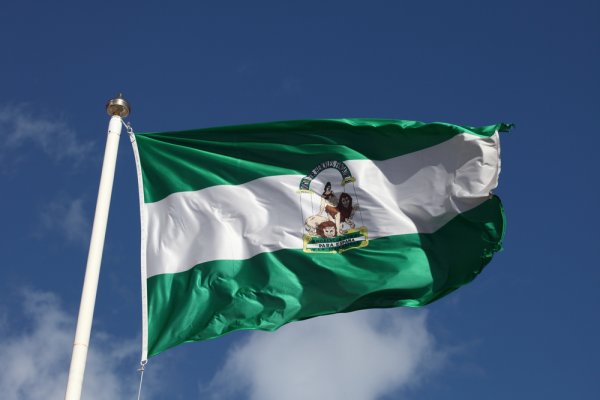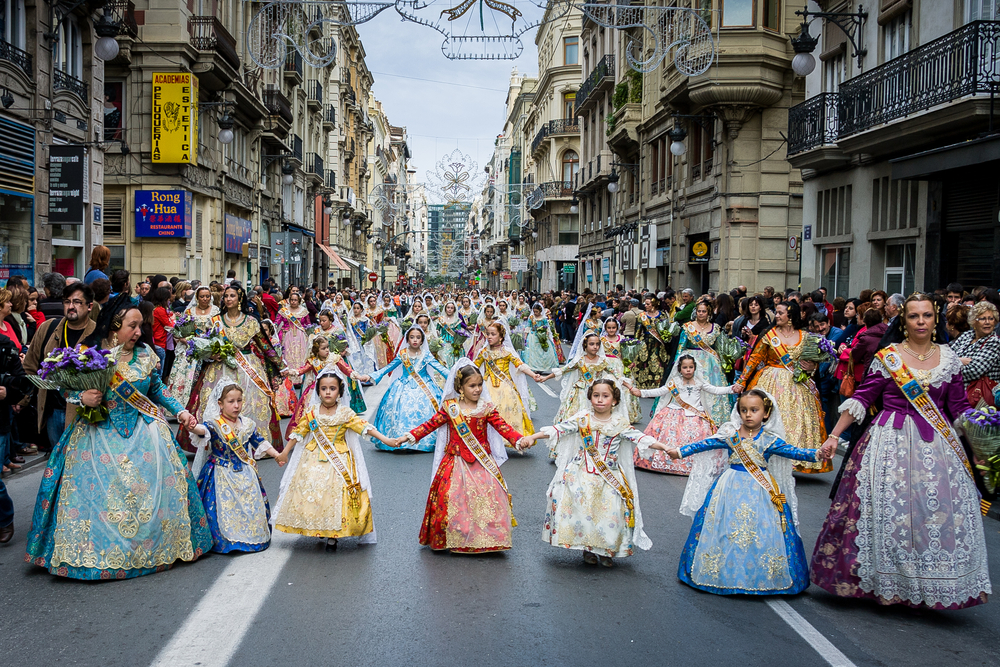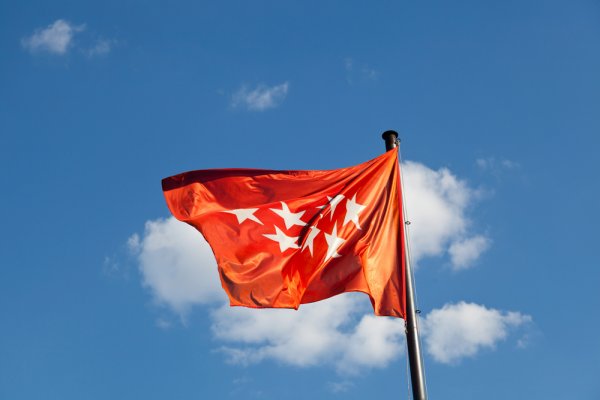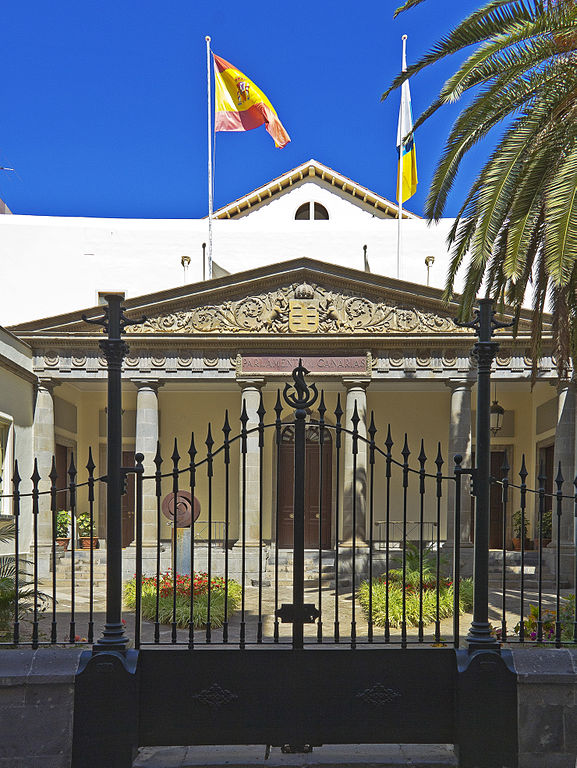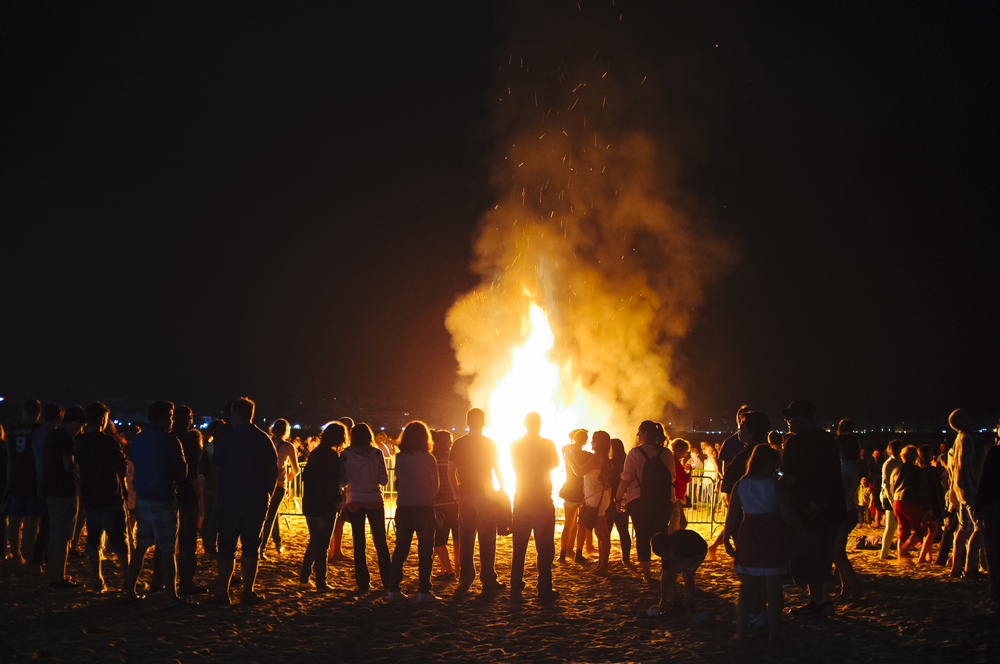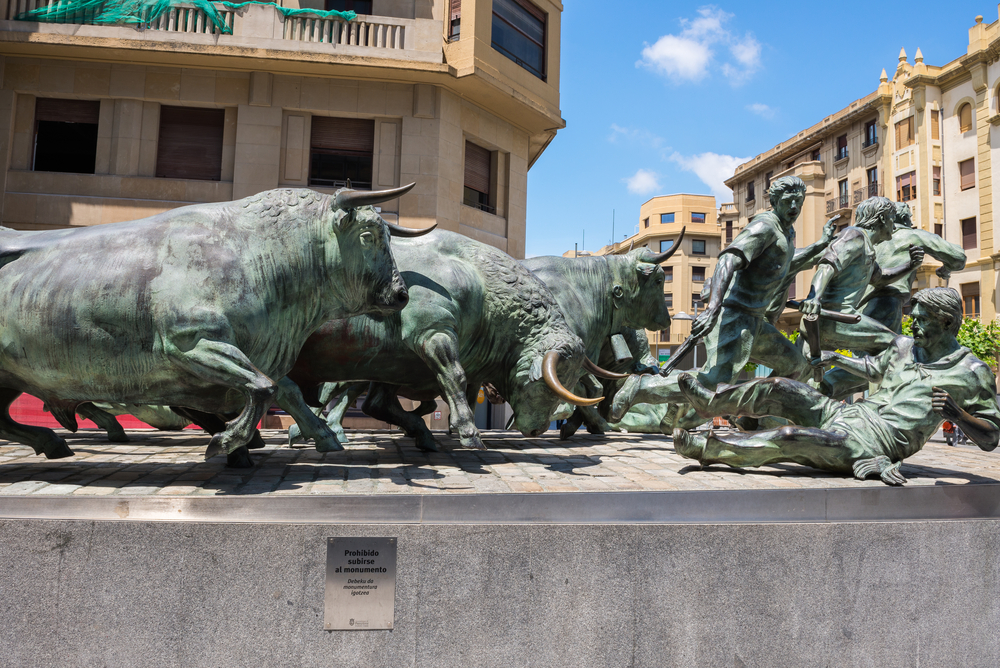Holidays and Festivals: Festivals

Calendar
| Festival | 2024 | 2025 | 2026 | Affected |
| Andalucía Day | Feb. 28 | Feb. 28 | Feb. 28 | none |
| Falles (Fallas de San José) | March 15–19 | March 15–19 | March 15–19 | g, b, o, some r (regional) |
| Madrid Community Day (Dos de Mayo) | May 2 | May 2 | May 2 | g, b, o, some r (in Madrid) |
| Canary Islands’ Day | May 30 | May 30 | May 30 | g, b, o, some r (regional) |
| Bonfires of St. John (Hogueras de San Juan) | June 20–29 | June 20–29 | June 20–29 | g, b, o, some r (regional) |
| San Fermin Festival | July 6–14 | July 6–14 | July 6–14 | none |
Key:
g = government offices and institutions
b = banks and financial institutions
o = non-retail businesses/offices
r = retail businesses
Andalucía Day
Date(s):
February 28
Closures:
None
Description:
Commemorates the successful vote for regional autonomy in Andalucía.
Background:
The movement for Andalucian nationalism is credited to Blas Infante. In 1918, he organized the first assembly of Andalucian provinces in Ronda. The assembly adopted a charter, the current flag, and a coat of arms as symbols of Andalucía. Infante also wrote a statute of autonomy for Andalucía, which was approved by Parliament in 1936. But the Civil War and Infante’s assassination halted the momentum. A successful referendum vote took place on February 28, 1980, and the new Statute of Autonomy was approved by Parliament in 1981.
How Celebrated:
Marching bands play "El Himno de Andalucía" as officials make political speeches and recall the struggle to attain autonomous status. A memorial service is held at the site of Infante’s assassination. Schoolchildren make Andalucía flags and eat snacks of bread dipped in olive oil—a staple fare in the region. Andalucians celebrate by eating out, going to the beach, or relaxing at home.
Falles (Fallas de San José)
Date(s):
March 15–19
Closures:
Government, Banks, Offices, some Retail (regional)
Description:
The Falles is a week of festivities in Valencia to honor Saint Joseph. The term Falles refers to the monuments burnt during the week as well as the celebration itself.
Background:
According to the Holy Bible, Joseph was the husband of Mary, the mother of Jesus. His feast day is traditionally a day to honor fatherhood because of his role in the holy family. A carpenter by trade, he is the patron saint of workers. Carpenter guilds during the medieval times would honor St. Joseph by lighting huge bonfires. They would burn the long pole that held their lamps and pieces of junk from their workshops. Soon competition between guilds had them create fearsome caricatures of their rivals. These effigies would be burned to entertain everyone watching. This is how the tradition of burning effigies on St. Joseph’s Day began.
How Celebrated:
Saint Joseph’s Day is synonymous with Las Fallas (the Festival of Fire) in Valencia, Spain’s third largest city. Its earliest recording was the mid-18th century. It is a five-day celebration of block parties that culminate in a dazzling blaze on March 19. Huge, grotesque papier-mâché or plaster figures called ninots are burned. The ninots resemble unpopular politicians, unsavory celebrities, and local objects of ridicule. These are constructed weeks before March 19 by an army of artists, sculptors, carpenters, and painters. The ninots are strung along major intersections with peleles (stuffed rag dolls) for the children. On March 19 Valencians attend Masses in honor of Saint Joseph. Throughout the day, there are bullfights, beauty pageants, and paella cooking competitions. The drama builds in the afternoon and early evening, when the ninots are loaded with rockets and firecrackers. It’s lights out at the town square at 10 p.m., when the peleles are lit. The ninots are set ablaze at midnight. From afar, a conflagration seems to engulf Valencia as the partying continues until early morning.
Madrid Community Day (Dos de Mayo)
Date(s):
May 2
Closures:
Government, Banks, Offices, some Retail (in Madrid)
Description:
Commemorates the May 2, 1808, uprising of the Madrileños against French invaders.
Background:
France invaded Spain during the Napoleonic Wars, entering Madrid on May 2, 1808. The Madrileños put up a fierce resistance but were outmatched by superior numbers and firearms. The king was forced to abdicate, and Napoleon installed his brother Joseph Bonaparte as the new "king" of Spain. Although unsuccessful, the revolt sparked the War of Independence, also known as the Peninsular War. By 1814, the Spanish had driven the French out of Spain with the assistance of British forces.
How Celebrated:
Fiestas del 2 de Mayo, or the Community Day of Madrid, is an occasion for bullfights, open-air concerts, and flamenco dancing around Plaza Mayor and Plaza Dos de Mayo in Madrid. A military parade is held at Plaza de Oriente in the afternoon. At midnight on May 1, Vistillas Gardens lights up with fireworks.
Canary Islands’ Day
Date(s):
May 30
Closures:
Government, Banks, Offices, some Retail (regional)
Description:
The anniversary of the first session of the Canary Islands Parliament on May 30, 1983.
Background:
The Canarian people have aspired for self-governance since the 1930s. But the Spanish Civil War and the Franco dictatorship derailed the realization of this goal. After Franco’s death, Spain adopted its Constitution in 1978. A Statute of Autonomy formally establishing the Canary Islands as an autonomous community, with powers to manage their own services and resources, came into effect on August 16, 1982. On May 30 of the following year, Parliament convened for its first session.
How Celebrated:
Canarians enjoy a whole day of folk music, plays, dances, traditional cuisine, and demonstrations of traditional sports like stick fighting and Lucha Canaris, a martial arts hybrid of judo and sumo wrestling. Puchero Canario (vegetable stew) and Canarian potatoes with red or green sauce are popular dishes.
Bonfires of St. John (Hogueras de San Juan)
Date(s):
June 20–29
Closures:
Regional
Description:
Midsummer festivities most famously celebrated in Alicante, Valencia.
Background:
Solstice festivals such as Alicante's have roots in pagan tradition and are now integrated into the Christian calendar. Midsummer's Eve, the pivotal night of this festival, is the night before the feast day of Saint John the Baptist (San Juan Bautista).
How Celebrated:
Families construct barracas, tents for celebrating during the festival, and spend evenings in them dancing, drinking, singing, and enjoying each other's company. Barracas also are put in place by the city for everyone's use. Fireworks are set off daily and evenings include bonfires, a longstanding tradition particularly in coastal regions. Elaborate wood-and-paper effigies are made in town squares, while branches and leaves decorate the streets and balconies. On June 24, the effigies are burned. It is traditional to plant pine and poplar trees during the festival.
San Fermin Festival
Date(s):
July 6–14
Closures:
None
Description:
The most famous and popular of Spain's bull runs, named for San Fermin, the region's patron saint.
Background:
The bull run is an adjunct to the still more ancient spectacle of bullfights. For centuries, bulls have charged through Spanish streets on their way to the bull ring.To urge them on their way, drovers ran behind them. Dashing out in front of the bulls became a sport, one that could be witnessed by townspeople from the safety of their balconies. Pamplona's half-mile run (825 meters) now draws tourists from all over the world eager to watch, or yes, take part in, the risky human escort of the bulls.
How Celebrated:
The festival begins at noon on July 6 with the mysteriously named chupinazo on the town square, where the mayor greets thousands of celebrants equipped with red kerchiefs, champagne, and food. A rocket is launched signaling the start of festivities. People wave their red kerchiefs before tying them around their necks. Champagne bottles are opened and a massive food fight begins. That night, fireworks are set off, and boisterous celebrations continue all night. Each day from July 7 to 14, a bull run takes place at eight in the morning. Participants ask the blessing of Saint Fermin to protect them on the way to the pens. Spectators, who have chosen their viewing positions before dawn, cheer from balconies as the bulls are released and make their dash up Santo Domingo Street.
Copyright © 1993—2025 World Trade Press. All rights reserved.

 Spain
Spain 